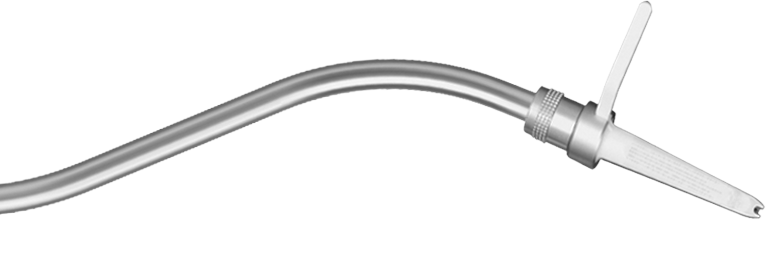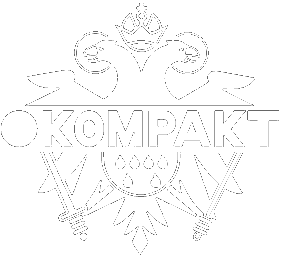
Public Folder 3 Box Various Artists
Label:
Public Folder
Release date:
November 24, 2017
Cat No:
PUBLIC FOLDER 3 EDITION
Barcode:
880319894114
Limited to 150 copies
40 years of the Voyager Golden Record
In 1977 two gilded records were send on a journey to interstellar space on board of the twin-spacecrafts Voyager 1 and Voyager 2. Stored on the discs are nearly two hours of audio material (music, sounds, words) and also 120 audio encoded images (photography, graphic, text) in order to describe culture and living space of mankind to a possible finder in a distant future and space. Today Voyager 1 is the furthest artefact and, since 2012, also the first one in interstellar space.
John Harten’s art book project reflects in 120 artist contributions and four essays the compelling multi-layered idea and approach of this iconic data disk between album, atlas and archive and deals specifically with the images stored on the Golden Record. Public Folder is a serial book project by John Harten (co-founder and art director of MAGAZINE, Cologne).
The Book (Public Folder #3):
Ed. John Harten Public Folder & Revolver Publishing ISBN 978-3-95763-395-8 24 x 20cm; 344 pages; german/english Elaborate bookdesign with two thread-stitched book parts, removable text book, different papers, 8 paged cover with goldfoil embossing and silver print and folded poster wrapper.
With contributions by 120 artists like: Albert Oehlen, David Ostrowski, Gregor Hildebrandt, Ingo Niermann, Johannes Wohnseifer, John Bock, Jörg Sasse, Justus Köhncke, Lothar Hempel, Marc Brandenburg, Matthias Schaufler, Michail Pirgelis, Mischa Kuball, Oda Jaune, Owen Gump, Peter Miller, Rafael Horzon, Rainald Goetz, Roman Schramm, Walter Dahn, Wolfgang Tillmans, Wolfgang Voigt ...
Record 1 (PF3 / GR 1)
A: Justus Köhncke – System als Schönheit The audio part of Köhncke’s contribution for the book: a conceptual composition, transforming the Unix software development timeline to sound. Played from a metal dubplate in an installation 2012.
B1: Jörg Sasse – Voyager (1980) Tape recorded soundcollage Jörg Sasse did in 1980, using radio reports about the Voyager mission (see also track A2 on record 2).
B2: Jens-Uwe Beyer – Black Ocean - Blue Sea The composition of nearly 18 minutes is a hommage to a piece on the actual Golden Record where the history of earth and mankind is explained in a soundcollage. Among other sources, Beyer uses science data from the Voyager mission.
Record 2 (PF 3 / GR 2)
A1: A.W. – Per Monstra Ad Astra Morse code of Aby Warburgs „per monstra ad astra“, as a citation of Kepler’s (and Sagan’s) motto „per aspera ad astra“, which is stored as morse code on the actual Golden Record.
A2: Voyager 1 Plasma Wave System (Nasa) – 12.-13. November 1980 (Saturn) The Plasma Wave Subsystem is one of the science experiments of the Voyager probes. It detects plasma waves between 10 Hz and 56 kHz, which makes it possible to just represent the data as sound waves. The data used here represent the Saturn fly-by of Voyager 1 (see also track B1 on record 1).
A3: F. D. – Arecibo Message This is an early SETI message in form of a binary pixel image, initiated in 1974 by Frank Drake who is one of the main founders of the Golden Record.
B: Public Folder – Golden Record / Images Similar to the images on the Golden Record, all 120 artist contributions for the book were encoded and stored as audio sound. Each image takes 10sec and can be read-out (made visible) by a spectrum analyzer.
John Harten’s art book project reflects in 120 artist contributions and four essays the compelling multi-layered idea and approach of this iconic data disk between album, atlas and archive and deals specifically with the images stored on the Golden Record. Public Folder is a serial book project by John Harten (co-founder and art director of MAGAZINE, Cologne).
The Book (Public Folder #3):
Ed. John Harten Public Folder & Revolver Publishing ISBN 978-3-95763-395-8 24 x 20cm; 344 pages; german/english Elaborate bookdesign with two thread-stitched book parts, removable text book, different papers, 8 paged cover with goldfoil embossing and silver print and folded poster wrapper.
With contributions by 120 artists like: Albert Oehlen, David Ostrowski, Gregor Hildebrandt, Ingo Niermann, Johannes Wohnseifer, John Bock, Jörg Sasse, Justus Köhncke, Lothar Hempel, Marc Brandenburg, Matthias Schaufler, Michail Pirgelis, Mischa Kuball, Oda Jaune, Owen Gump, Peter Miller, Rafael Horzon, Rainald Goetz, Roman Schramm, Walter Dahn, Wolfgang Tillmans, Wolfgang Voigt ...
Record 1 (PF3 / GR 1)
A: Justus Köhncke – System als Schönheit The audio part of Köhncke’s contribution for the book: a conceptual composition, transforming the Unix software development timeline to sound. Played from a metal dubplate in an installation 2012.
B1: Jörg Sasse – Voyager (1980) Tape recorded soundcollage Jörg Sasse did in 1980, using radio reports about the Voyager mission (see also track A2 on record 2).
B2: Jens-Uwe Beyer – Black Ocean - Blue Sea The composition of nearly 18 minutes is a hommage to a piece on the actual Golden Record where the history of earth and mankind is explained in a soundcollage. Among other sources, Beyer uses science data from the Voyager mission.
Record 2 (PF 3 / GR 2)
A1: A.W. – Per Monstra Ad Astra Morse code of Aby Warburgs „per monstra ad astra“, as a citation of Kepler’s (and Sagan’s) motto „per aspera ad astra“, which is stored as morse code on the actual Golden Record.
A2: Voyager 1 Plasma Wave System (Nasa) – 12.-13. November 1980 (Saturn) The Plasma Wave Subsystem is one of the science experiments of the Voyager probes. It detects plasma waves between 10 Hz and 56 kHz, which makes it possible to just represent the data as sound waves. The data used here represent the Saturn fly-by of Voyager 1 (see also track B1 on record 1).
A3: F. D. – Arecibo Message This is an early SETI message in form of a binary pixel image, initiated in 1974 by Frank Drake who is one of the main founders of the Golden Record.
B: Public Folder – Golden Record / Images Similar to the images on the Golden Record, all 120 artist contributions for the book were encoded and stored as audio sound. Each image takes 10sec and can be read-out (made visible) by a spectrum analyzer.
A project by John Harten (Crato) of MAGAZINE See also: Public Folder 3 - Book
Product Safety Information | Sicherheits- und Herstellerinformationen
Responsible for product safety | Verantwortlich für die Produktsicherheit:
Kompakt
Mayer Paape Voigt GbR
Werderstrasse 15-19
50672 Cologne
Germany
+49 221 94 995 110
info@kompakt.fm
kompakt.fm
Kompakt Newsletter
Stay in the loop and subscribe to our webshop newsletter
© 2025 Kompakt
Contact
Privacy
Imprint
Terms & Conditions
Shipping
Pick-Up / Abholung
Downloads
Cookies



















